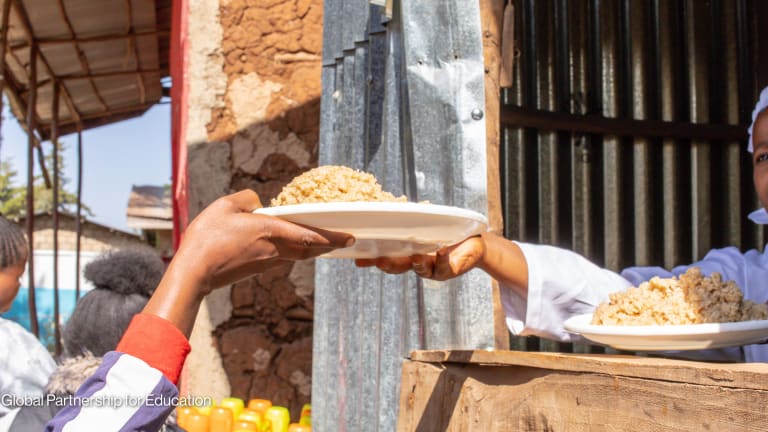Across the world, agricultural scientists are starting to work backward.
For years, they’ve seen how improved crop varieties — which take decades to produce in a lab — are rejected by the farmers who need them most. They might be pest-resistant, but take too long to cook. Drought-tolerant, but require expensive fertilizers. And high-yield, but with leaves that are too small to eat.
But now, many are shifting the way they design hybrid crops by involving farmers at the very start of the process instead of years after a solution has already been created by scientists in a lab.
Printing articles to share with others is a breach of our terms and conditions and copyright policy. Please use the sharing options on the left side of the article. Devex Pro members may share up to 10 articles per month using the Pro share tool ( ).






